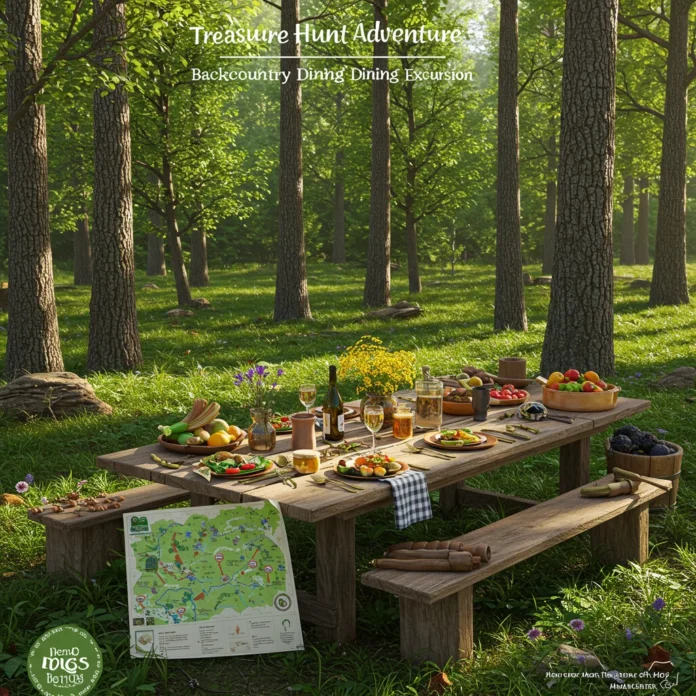Introduction to Treasure Hunt Adventure: Backcountry Dining Excursion
Imagine the thrill of following cryptic clues through untamed landscapes, rewarded not just with hidden treasures but with a gourmet meal under the open sky. Backcountry dining treasure hunts combine the excitement of exploration with the pleasures of outdoor cuisine, creating an experience that delights the senses and forges unforgettable memories. Whether you crave the aroma of sizzling food mingling with fresh mountain air or the camaraderie of friends gathered around a meal after a day of adventure, this unique activity offers something for every outdoor enthusiast.
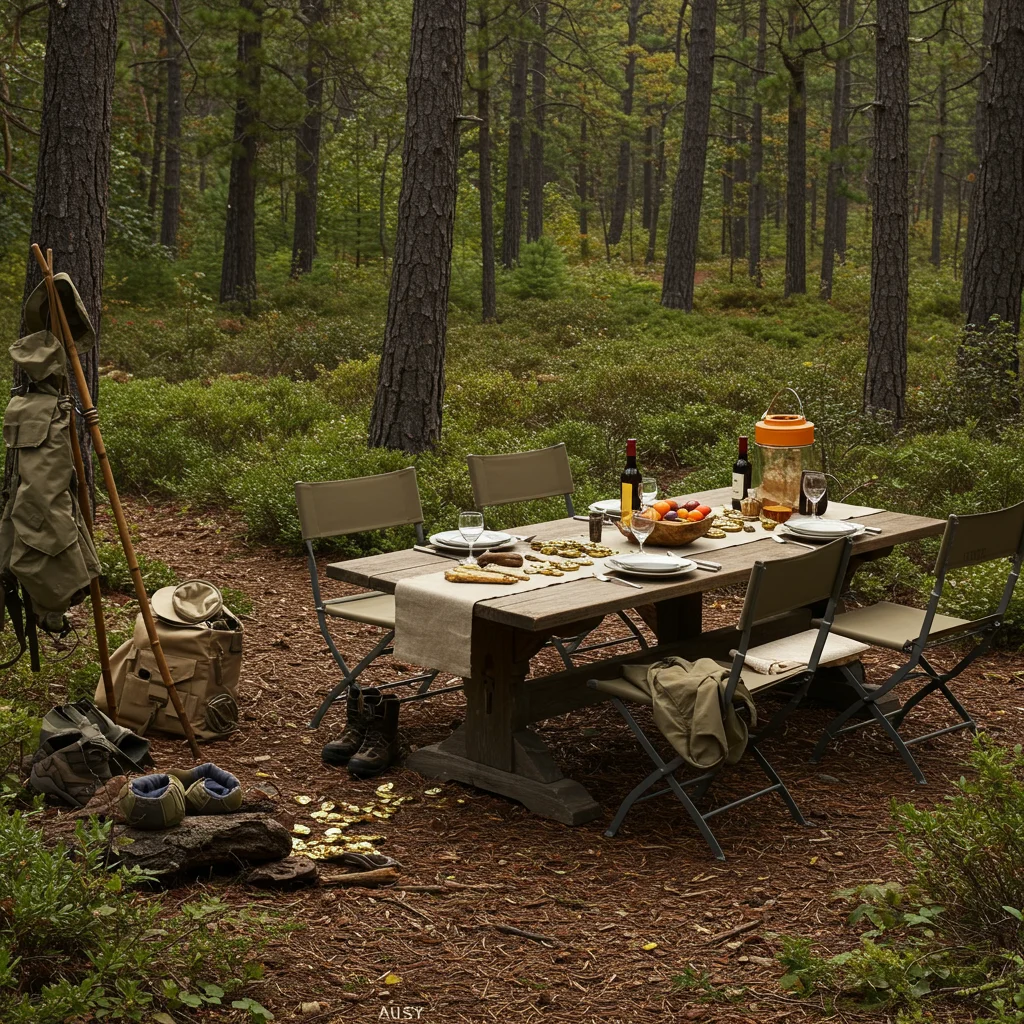
In this guide, we will walk through every aspect of planning and enjoying a backcountry dining treasure hunt, from choosing the right location to crafting mouthwatering menus and ensuring safety along the way. Let’s set the stage for your next great journey.
What is a Backcountry Dining Treasure Hunt?
A backcountry dining treasure hunt merges two beloved pastimes: scavenger hunts and alfresco dining in remote settings. Participants follow a series of clues or challenges that lead them through natural landscapes, culminating in a thoughtfully prepared meal at a scenic spot. The journey itself becomes as rewarding as the destination, blending problem-solving, teamwork, and culinary enjoyment.
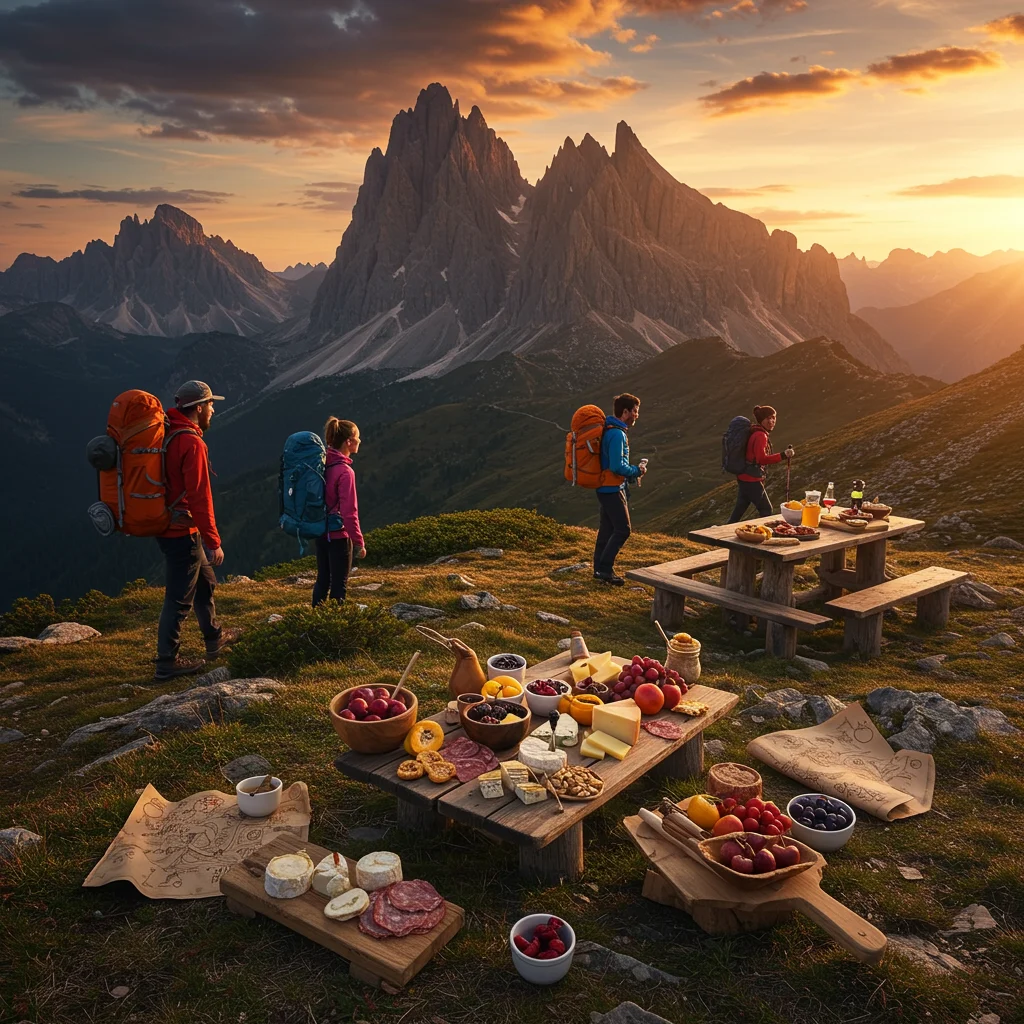
This innovative activity can be tailored for families, groups of friends, or even corporate teams, making it an ideal way to celebrate milestones or simply reconnect with nature in a creative way.
Why Combine Treasure Hunts with Outdoor Dining?
Pairing a treasure hunt with backcountry dining transforms a simple meal into an immersive adventure. The anticipation of uncovering clues adds an extra layer of excitement, while the promise of a delicious feast motivates participants to push their limits and fully engage with their surroundings.

The Allure of Adventure and Gourmet Food
Outdoor dining in the backcountry offers a sensory experience that goes far beyond taste. Picture the satisfying crunch of fresh bread, the aroma of herbs carried on a mountain breeze, and the warmth of a campfire as dusk settles. These moments are amplified by the sense of achievement that comes from solving each clue and reaching the final dining spot.
For those who seek more than just a meal, the combination of exploration and cuisine delivers memories that linger long after the plates are cleared.
Key Benefits of Backcountry Dining Excursions
There are several advantages to organizing a backcountry dining excursion with a treasure hunt twist:
- Encourages teamwork and collaboration among participants
- Promotes physical activity and outdoor exploration
- Offers a unique way to celebrate special occasions
- Provides opportunities to learn about local history, flora, and fauna
- Enhances appreciation for nature and sustainable practices
If you’re interested in other adventurous dining experiences, our coverage of the Xochimilco Dinner Cruise highlights how food and adventure can create lasting memories.
Planning Your Backcountry Dining Adventure
Thoughtful planning is the foundation of a successful treasure hunt dining excursion. From selecting the right location to timing your outing with the seasons, every decision shapes the overall experience and ensures everyone’s safety and enjoyment.
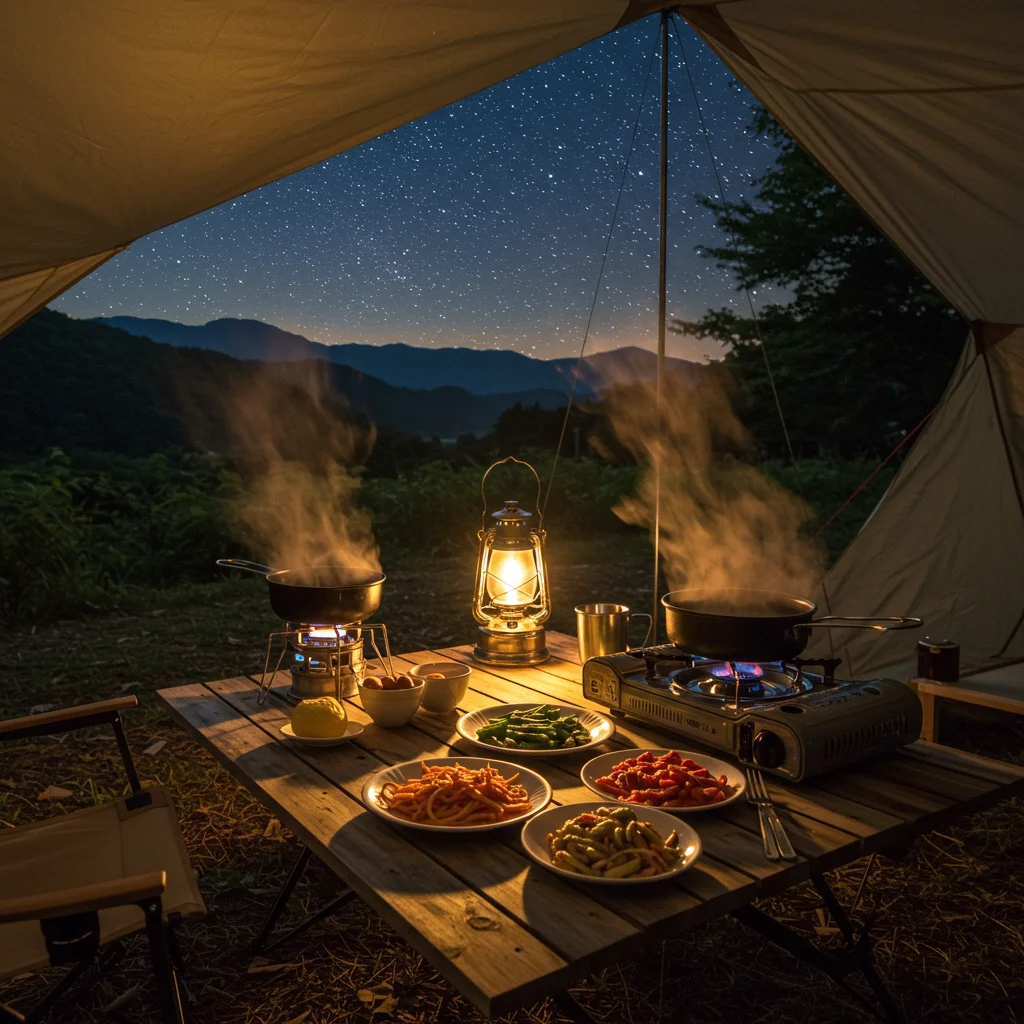
How to Choose the Perfect Location?
Selecting the ideal spot for your backcountry adventure requires balancing accessibility, scenery, and safety. Consider your group’s preferences, fitness levels, and the type of terrain you wish to explore.
Top Backcountry Spots for Dining Excursions
Some of the best locations for a backcountry dining treasure hunt include:
- Secluded forest clearings with panoramic views
- Lakeshores or riverbanks with soothing water sounds
- Mountain meadows bursting with wildflowers
- Desert plateaus offering dramatic sunsets
We recommend researching local parks or protected areas that allow outdoor cooking and group activities. For inspiration, our article on hiking to Las Tinajas Waterfall in El Yunque provides tips for selecting scenic and rewarding destinations.
Factors to Consider: Accessibility, Scenery, and Safety
Evaluate the following when choosing your site:
- Accessibility: Ensure the location is reachable for all participants, considering trail difficulty and distance.
- Scenery: Select spots that provide natural beauty and a sense of seclusion.
- Safety: Confirm that the area is free from hazards, has reliable cell service if possible, and is appropriate for outdoor cooking.
Seasonal Considerations for Your Adventure
The time of year can dramatically affect your backcountry dining experience. Each season brings unique opportunities and challenges to consider.
Weather and Environmental Factors
Monitor local weather forecasts and plan for rapid changes in temperature or precipitation. Bring appropriate clothing, rain gear, and sun protection. The crisp air of autumn may call for hearty stews, while summer’s warmth is perfect for lighter fare and cold beverages.
As experts often say:
“The best adventures blend careful preparation with a willingness to adapt to the surprises nature provides.”
Wildlife and Plant Life Awareness
Understanding the local ecosystem is essential. Avoid areas known for heavy insect activity during certain months, and be mindful of plants that may cause allergic reactions. Stay aware of wildlife habits, especially in regions with bears or other large animals.
Crafting the Ultimate Treasure Hunt Experience
Designing a memorable treasure hunt means striking a balance between challenge and enjoyment. The clues, themes, and overall flow should engage participants of all ages and abilities.
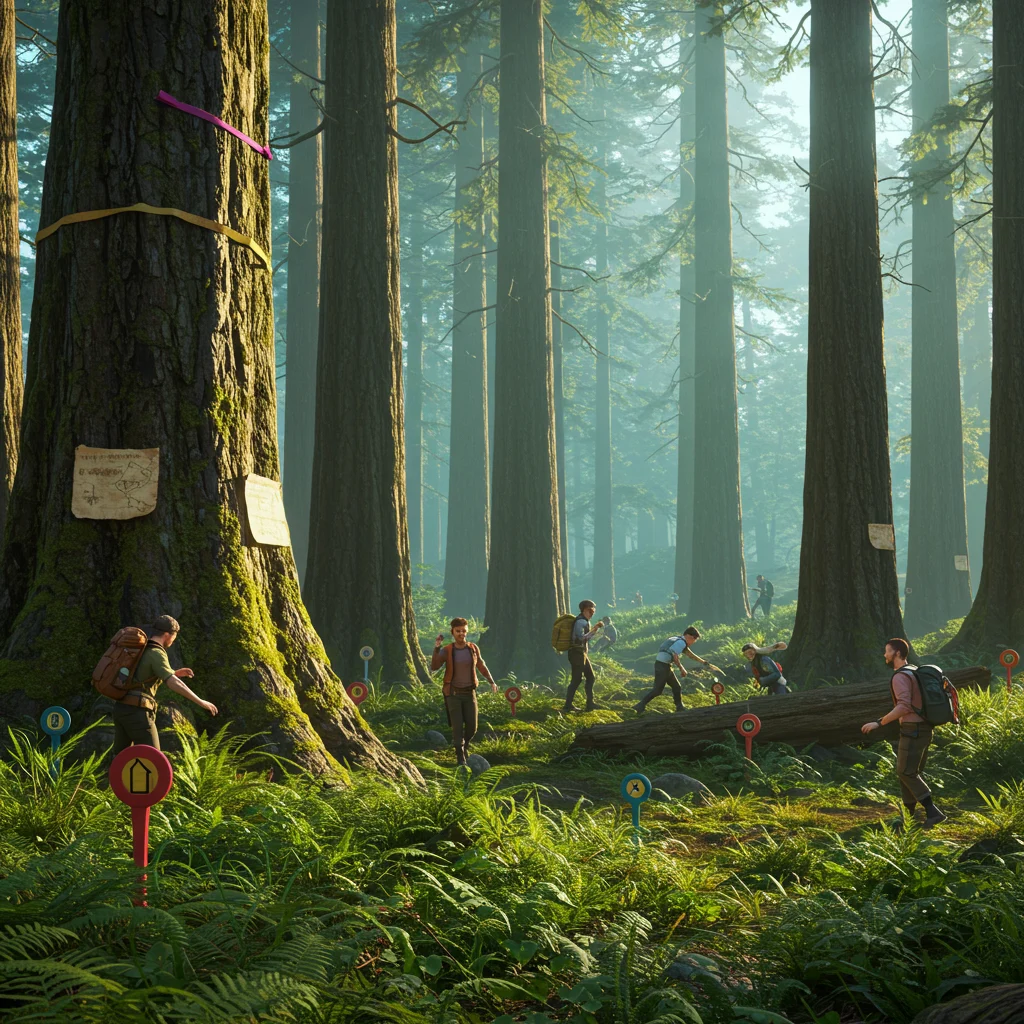
How to Design Engaging Clues and Challenges?
Effective clues are clear yet thought-provoking, guiding participants through the landscape while encouraging observation and teamwork.
Incorporating Local History and Landmarks
Weaving in references to local history or natural landmarks adds depth to your treasure hunt. For example, clues might reference a historic bridge, a unique rock formation, or indigenous plant species. This approach not only entertains but also educates, fostering a deeper connection with the area.
Balancing Difficulty for All Skill Levels
Consider the ages and abilities of your group. Mix straightforward clues for younger participants with more intricate puzzles for adults. Provide optional hints to keep everyone engaged without frustration.
Selecting Themes for Your Treasure Hunt
A compelling theme can elevate the adventure, shaping the narrative and influencing the types of challenges you include.
Popular Treasure Hunt Themes
Common themes include:
- Pirate-inspired quests with “buried” treasure
- Nature detective missions
- Historical reenactments
- Survival challenges
Customizing Themes for Special Occasions
Personalize your treasure hunt for birthdays, anniversaries, or team-building events. Incorporate inside jokes, favorite foods, or milestones to make the day truly special.
If you’re looking for adventure ideas that suit various occasions, our guide on ATV, horseback, and cave swim excursions in the Dominican Republic offers plenty of inspiration for tailoring activities to your group.
Essential Gear for Backcountry Dining and Treasure Hunts
Proper equipment is vital for both safety and enjoyment. Invest in quality gear that matches the demands of your chosen location and group size.
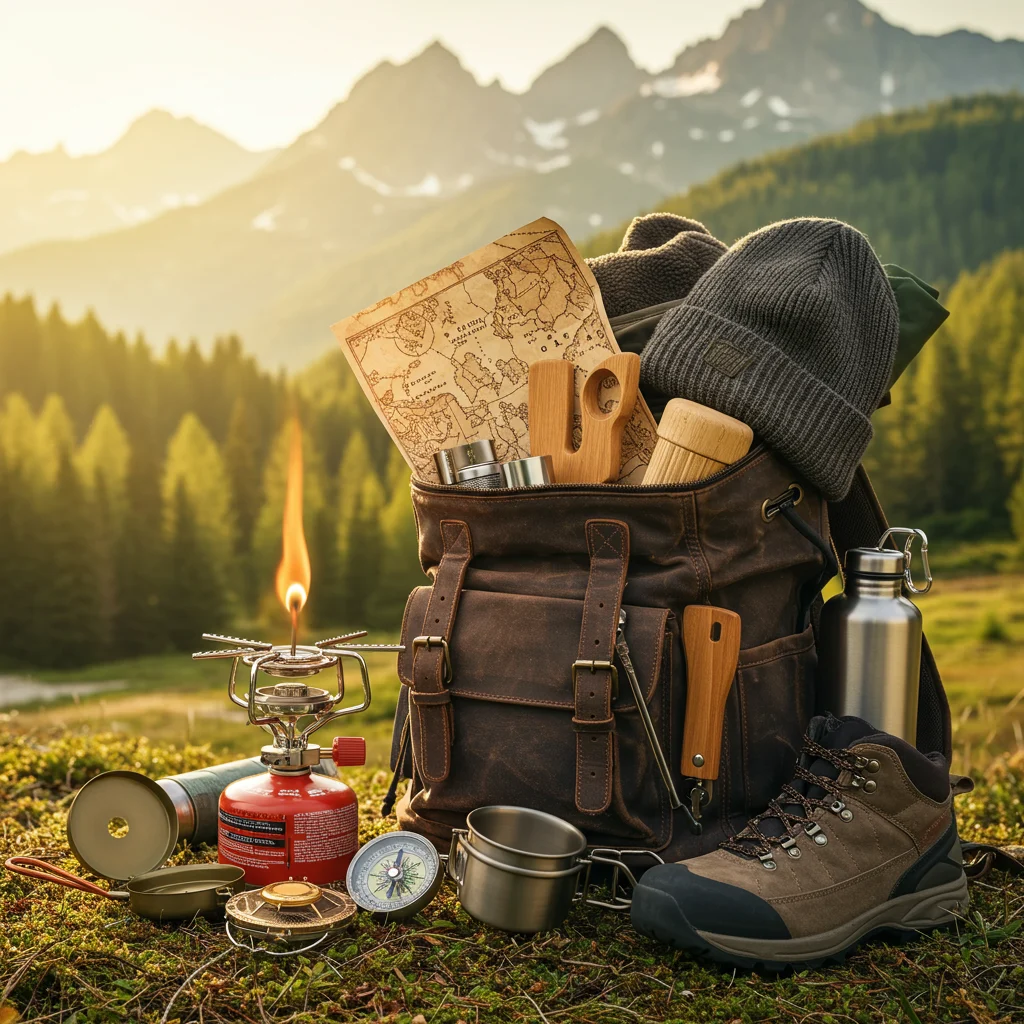
Must-Have Navigation Tools
Reliable navigation is non-negotiable for any backcountry adventure, especially when following a series of clues.
GPS Devices and Maps
A handheld GPS device or smartphone with offline maps ensures you stay on course. Always carry a printed map as a backup, marking key points such as start and finish locations, water sources, and emergency exits.
Compass and Orienteering Basics
A traditional compass remains a valuable tool, especially in areas with limited satellite signal. Teach all participants basic orienteering skills so everyone can contribute to the navigation process.
Portable Cooking Equipment and Utensils
A successful backcountry meal depends on efficient, lightweight cooking gear that’s easy to transport and use.
Lightweight Stoves and Grills
Choose compact stoves or portable grills that operate on safe, approved fuels. Look for models with wind protection and adjustable heat settings for versatile cooking.
Eco-Friendly Cookware Options
Opt for reusable cookware made from materials like titanium or stainless steel. Avoid single-use plastics and bring biodegradable soap for cleaning.
Food Storage and Safety Essentials
Keeping food fresh and safe in the wild is crucial. Proper storage prevents spoilage and deters wildlife from approaching your site.
Keeping Food Fresh in the Wild
Use insulated coolers or ice packs for perishable ingredients, and pack dry goods in airtight containers. Pre-chop vegetables and marinate proteins at home for convenience and freshness.
Preventing Wildlife Encounters
Store all food and scented items in bear-proof canisters or hang them from a sturdy branch away from your dining area. Clean up thoroughly after each meal to minimize odors and avoid attracting animals.
Backcountry Dining Menu Ideas
A thoughtfully curated menu can turn a simple picnic into a memorable feast. With the right ingredients and recipes, you can create gourmet dishes that rival those of any restaurant—no matter how remote your setting.

How to Plan a Gourmet Meal Outdoors?
Plan meals that are both delicious and practical to prepare with portable equipment. Consider dishes that require minimal prep and can be cooked or assembled on-site.
Easy-to-Pack Ingredients
Ideal ingredients for backcountry cooking include:
- Pre-cooked grains (quinoa, rice, couscous)
- Hard cheeses and cured meats
- Fresh vegetables that travel well (carrots, bell peppers, snap peas)
- Flatbreads or tortillas
- Spices and sauces in reusable containers
Creative Recipes for Adventurers
Try assembling gourmet wraps, hearty stews, or grilled vegetable skewers. For dessert, consider fruit compote with granola or chocolate fondue made over a camp stove. These dishes offer both flavor and the joy of hands-on preparation.
If you’re interested in pairing your meal with a spectacular view, our article on the Whitehaven Beach scenic flight and rafting adventure highlights how a beautiful setting can elevate any dining experience.
Accommodating Dietary Restrictions
Inclusivity is key to a successful group meal. Plan for common dietary needs by offering a variety of options.
Vegetarian and Vegan Options
Pack plant-based proteins like lentils, tofu, or tempeh. Grilled veggies, hummus, and fresh salads make satisfying and nutritious choices.
Gluten-Free and Allergy-Friendly Meals
Bring gluten-free grains and breads, and carefully label all ingredients to avoid cross-contamination. Communicate with participants in advance to identify allergies and preferences.
Setting Up Your Backcountry Dining Experience
Creating a welcoming and comfortable dining area transforms your meal into a true celebration of the outdoors. Attention to detail in setup and cleanup demonstrates respect for nature and your fellow adventurers.

How to Create a Cozy Outdoor Dining Atmosphere?
A few thoughtful touches can turn a simple clearing into an inviting dining room beneath the sky.
Seating Arrangements and Comfort
Use packable camp chairs or arrange logs and rocks for natural seating. Bring lightweight blankets or seat pads for extra comfort. Arrange seating in a circle to encourage conversation and connection.
Lighting and Ambience Tips
As daylight fades, lanterns, string lights, or headlamps add a warm glow. Battery-powered candles provide soft, flickering light without the risk of open flames. Consider background music from a portable speaker to set the mood.
Leave No Trace Principles for Outdoor Dining
Responsible outdoor dining ensures that natural spaces remain pristine for future visitors. Adopting Leave No Trace practices is essential.
Waste Disposal and Clean-Up
Pack out all trash, including food scraps and biodegradable items. Use sealable bags or containers for waste and recycle when possible. Bring a small brush and biodegradable soap for washing dishes away from water sources.
Respecting Nature and Wildlife
Keep noise levels low, avoid trampling vegetation, and never feed wild animals. Leave your site cleaner than you found it to show respect for the land and its inhabitants.
For more ideas on responsible outdoor enjoyment, our guide to the La Fortuna volcano and waterfall tour in Costa Rica emphasizes the importance of environmental stewardship.
Safety Tips for Backcountry Treasure Hunt Dining
Prioritizing safety allows everyone to relax and enjoy the adventure. Anticipate potential challenges and equip your group to handle them with confidence.
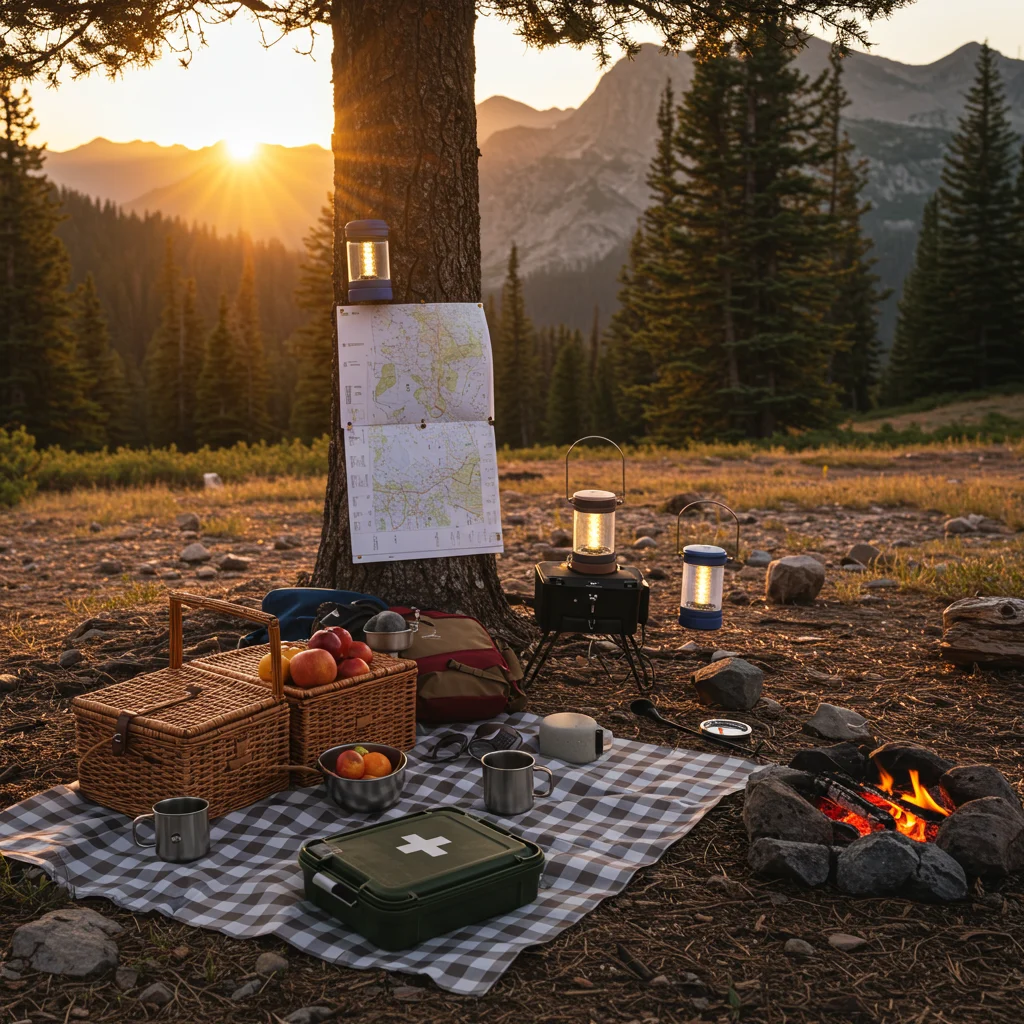
How to Prepare for Emergencies?
Preparation is the best defense against unexpected situations. Carry essential supplies and establish a plan for contacting help if needed.
First Aid Essentials
Pack a comprehensive first aid kit with supplies for cuts, scrapes, burns, and insect bites. Include any necessary medications and know how to use each item.
Communication and Signaling Devices
Bring a fully charged cell phone, a portable battery pack, and a whistle for signaling. In remote areas, consider a satellite communicator or personal locator beacon.
Managing Weather and Environmental Hazards
Weather can change rapidly in the backcountry. Be ready to adjust your plans to keep everyone safe and comfortable.
Dealing with Sudden Weather Changes
Pack extra layers, rain gear, and shelter options such as a tarp or emergency blanket. Monitor the sky for signs of storms and retreat to a safe area if needed.
Navigating Difficult Terrain Safely
Remind participants to watch their footing, especially on uneven or slippery ground. Assign a group leader to set a steady pace and ensure no one is left behind.
Making It a Group or Family Adventure
Treasure hunt dining excursions are ideal for groups of all kinds. Tailoring activities for different ages and interests keeps everyone engaged and excited from start to finish.
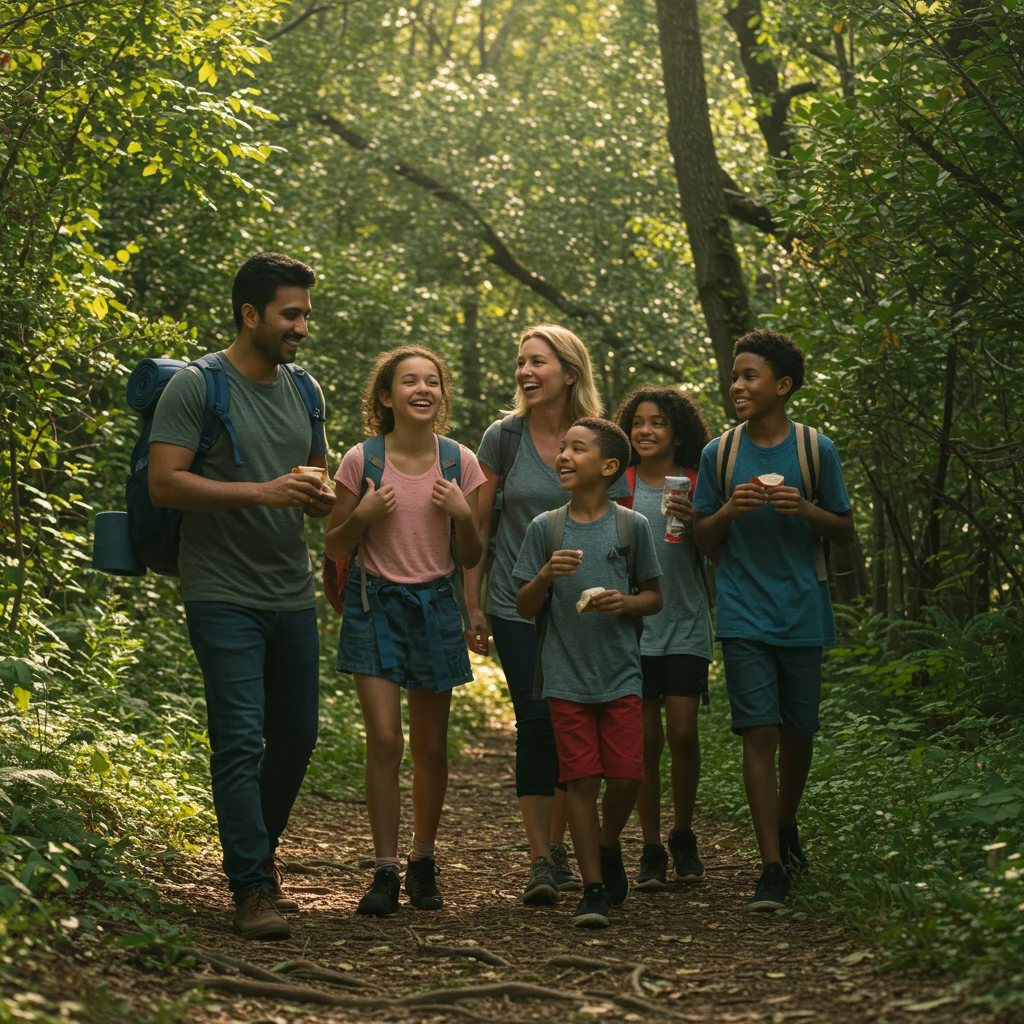
Tips for Involving Kids in the Treasure Hunt
Children thrive on discovery and reward. Design age-appropriate challenges that foster a sense of accomplishment and wonder.
Age-Appropriate Challenges and Rewards
Offer simple puzzles, nature scavenger hunts, or physical challenges like balancing on logs. Celebrate successes with small prizes or certificates.
Engaging Teens and Adults
Older participants often enjoy more complex tasks and friendly competition. Incorporate elements that encourage problem-solving and strategic thinking.
Teamwork and Friendly Competition Ideas
Divide the group into teams and track points for completed challenges. Conclude the day with a shared meal where everyone can recount their favorite moments and victories.
Documenting and Sharing Your Backcountry Adventure
Capturing and sharing your experience not only preserves memories but also inspires others to try backcountry dining for themselves.
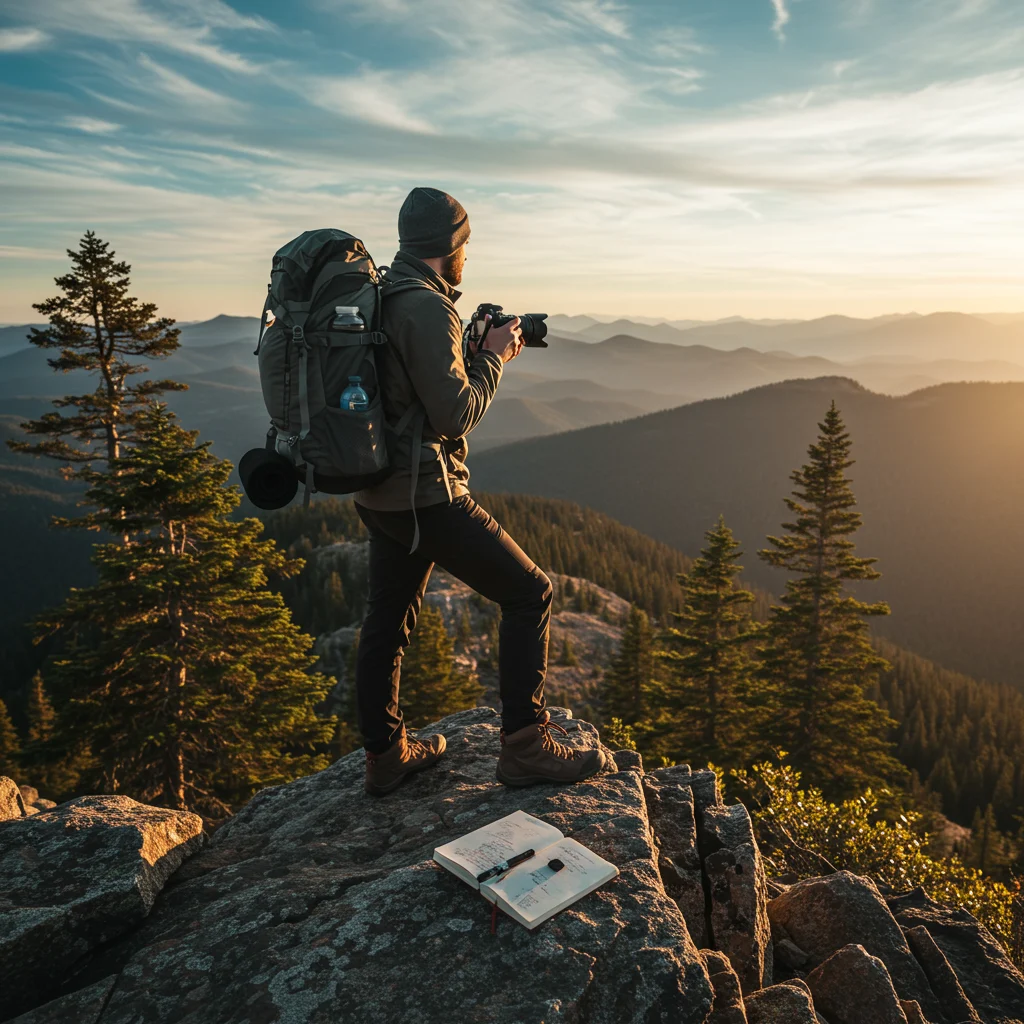
Best Ways to Capture Memories
Bring a camera or smartphone to document the journey, focusing on both candid moments and sweeping landscapes.
Photography and Videography Tips
Use natural light for vibrant photos, and experiment with different angles to showcase the beauty of your location. Short video clips of key moments—like solving a final clue or unveiling the meal—add dynamic storytelling to your record.
Creating a Treasure Hunt Scrapbook or Journal
Encourage each participant to jot down reflections or sketch memorable scenes. Combine photos, maps, and written anecdotes into a keepsake that celebrates your shared adventure.
Sharing Your Experience Online
Post your favorite images and stories on social media, tagging locations and using relevant hashtags. Consider writing a blog post to guide others interested in similar excursions.
Inspiring Others to Try Backcountry Dining
Share tips, favorite recipes, and lessons learned to encourage friends and followers to organize their own treasure hunt dining experiences. Your story might spark a new tradition within your community or family.
Frequently Asked Questions About Backcountry Dining Treasure Hunts
Q: Do I need special permits for a backcountry dining treasure hunt?
A: Some parks or protected areas require permits for group activities or open flames. Always check local regulations before planning your event.
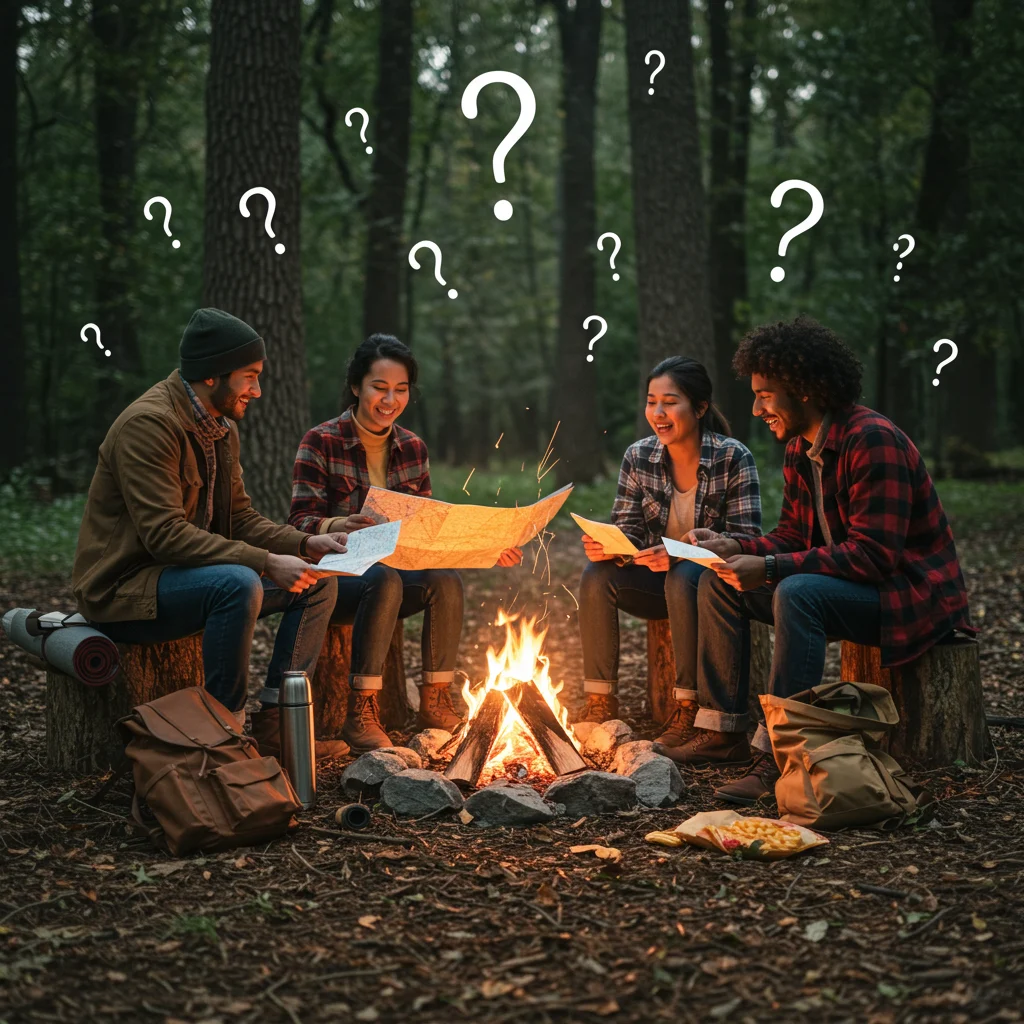
Q: What is the ideal group size?
A: Groups of 4–12 work well for most treasure hunts, allowing for teamwork without overwhelming the environment.
Q: Can I book a guided backcountry dining treasure hunt?
A: Yes, some tour operators offer guided experiences that include both the treasure hunt and gourmet meal. Use trusted platforms to find tours that match your interests and skill levels.
Q: How do I keep food safe from wildlife?
A: Store food in bear-proof containers and clean up thoroughly. Never leave food unattended.
Q: What if someone gets lost or injured?
A: Establish a check-in system, carry communication devices, and make sure at least one person is trained in first aid.
How to Book on Viator
Booking your backcountry dining treasure hunt or any adventure activity is easy with Viator. Simply visit their website, browse available experiences, and select one that fits your group’s interests and schedule.

Viator offers a secure platform where you can book activities around the world, from guided treasure hunts to culinary tours in stunning natural settings. Be sure to read reviews and confirm all details before finalizing your reservation.
Conclusion: Embark on Your Own Backcountry Dining Treasure Hunt
A backcountry dining treasure hunt fuses discovery, teamwork, and the pleasures of outdoor cuisine into a day you’ll remember for years. By planning thoughtfully and embracing the adventure, you can create moments of laughter, challenge, and shared joy with those you care about most.

For more inspiration and practical tips on unique outdoor experiences, visit Izase at https://izase.com. Let your next adventure begin with a treasure map and a picnic basket—nature is waiting to surprise you.
Disclaimer: This information is accurate to the best of our knowledge; however, there may be changes or mistakes. Please verify exact details on the Viator booking page.

